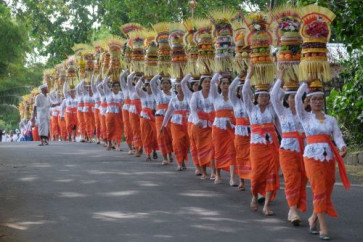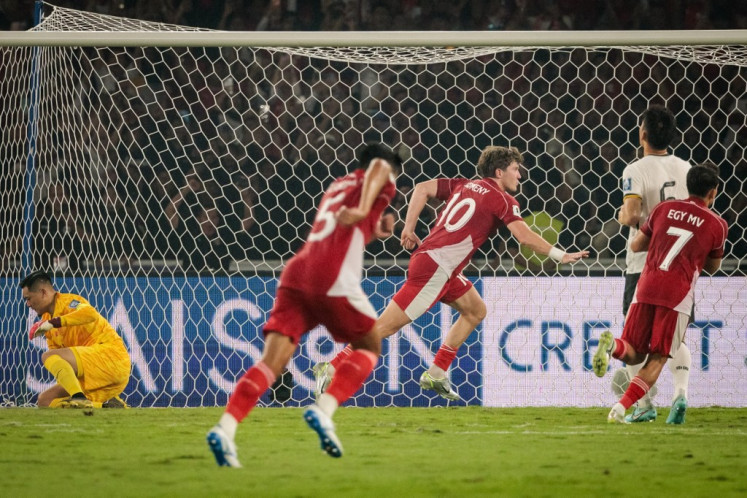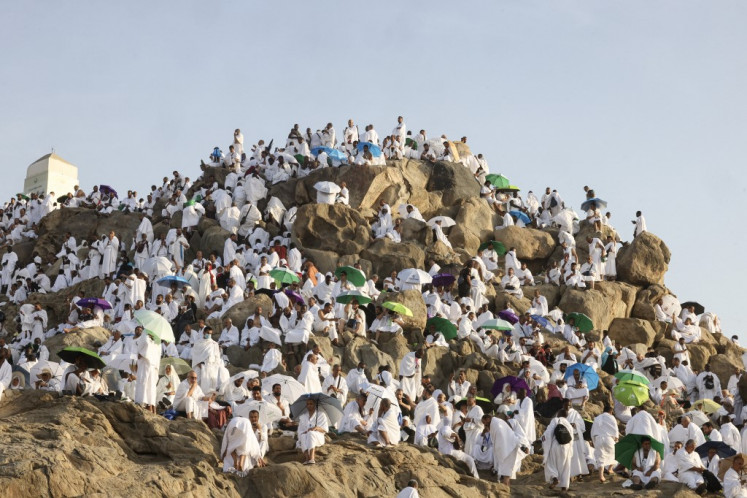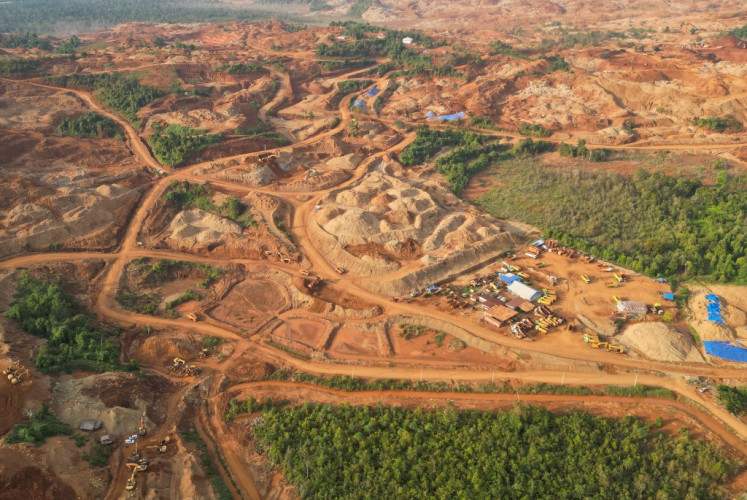A place for science & enlightenment
JP/P
Change text size
Gift Premium Articles
to Anyone

JP/P.J. Leo
The idea of the establishment that is now known as National Museum of Indonesia was born from a group of Dutch intellectuals in 1752.
It was the Age of Enlightenment in Europe, when the arts and sciences flourished. A group of science-minded people established the De Hollandsche Maatschappij der Wetenschappen in Haarlem, The Netherlands.
The event triggered the Dutch in Batavia (now Jakarta) to form a similar group, the Bataviaasch Genootschap van Kunsten en Wetenschappen, or Royal Batavian Society of Arts and Sciences (BG), on April 24, 1778.
It was an independent institution, founded to support research in the arts and sciences, especially biology, physics, archeology, literature, ethnology and history.
The institution was known for its motto 'Ten Nutte van het Algemeen', which means 'for the public interest'.
One of the BG's founders, JCM Radermacher, donated his house on Jl. Kalibesar to the group ' as well as a number of cultural items and books from his collections. The house and collections became the embryo of a museum, as well as a library.
During British period of colonization in Java from 1811 to 1816, Lt. Gov. Sir Thomas Stamford Raffles was the BG's director.
Following the growing size of the collections at Kalibesar, Raffles decided to build a dedicated museum and a meeting place for the colony's Literary Society ' then known as the Societeit de Harmonie building.
The new building was located on Jl. Majapahit No. 3, which is now part of the State Secretariat, next to Presidential Palace.
The museum on Jl. Majapahit was soon full of the expanding collections. By 1862, the Dutch East Indies government built another building for the museum at Jl. Medan Merdeka Barat No. 12, where the National Museum currently stands.
In 1950, the BG institution changed its name to the Indonesian Cultural Council, and by 1962, the BG turned over its collections and facilities to the government, which renamed them the Museum Pusat (Central Museum), which then became the National Museum in 1979.
People in Jakarta call the National Museum 'Museum Gajah' ' the Elephant Museum ' due to the bronze elephant statue that sits in front. The statue was a gift to Batavia from King Chulalongkorn of Siam (now Thailand) in 1871.
The museum is also known as Gedung Arca, or the Statue Building, because of the great variety of statutes from different periods that are displayed inside.
In 2007, a new building to the north of the complex was opened, featuring many artifacts from the prehistoric to modern times. This building, formally called Gedung Arca (Statue Building), has a wing for new exhibitions. The old building is called Gedung Gajah (Elephant Building).
A third building currently under construction is slated for completion in 2017. When finished, it is expected to host a theater, a laboratory, a cafe and a souvenir shop.
The museum's most important collections including a prehistoric Yupa statue from Kutai, East Kalimantan; valuable gold items from Wonoboyo, Central Java; world maps from the 15th century and ceramics from the Han and Qing dynasties.









